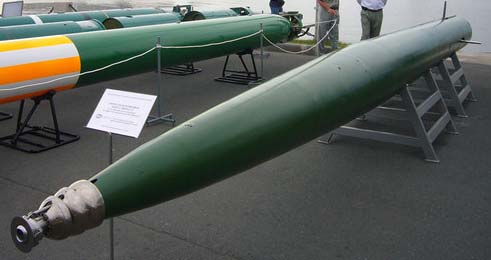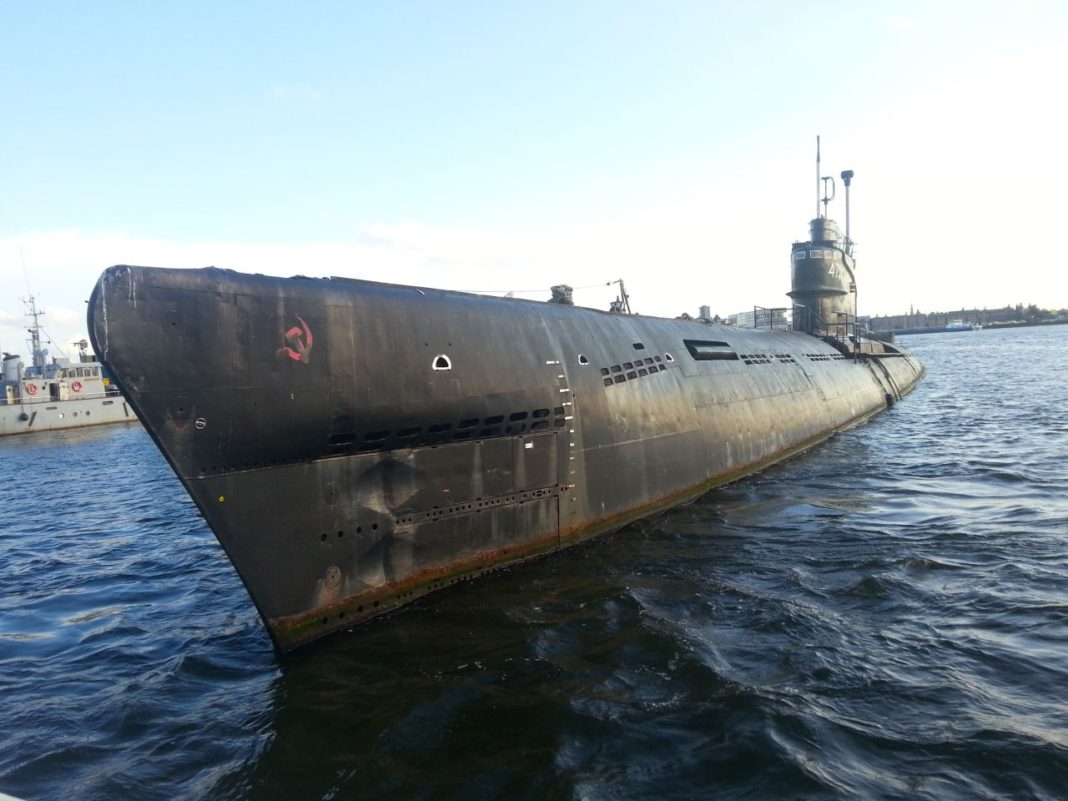Russia has never been shy when it comes to weaponry, so why should we all be surprised that they now have a super torpedo that is capable of wiping out submarines at 200 miles per hour? This new revolutionary weapon is capable of traveling at speeds six times faster than its previous models and has a few leaders sweating under the collar.
The Soviet Union relied heavily on it submarines during the Cold War and a lot of time and effort went into making these machines the best there was out there, and since then they have only got more advanced. One of the Soviet Union’s best underwater weapons was called the VA-111 Shkval (“Squall”) supercavitation torpedo. It was powered by a rocket engine and could achieve speeds of up to 200 knots per hour.
This weapon remained highly classified most of the way through the Cold War and only really became common knowledge during the 90’s. There was the good reason for this. During that period, most underwater weapons and ships could only achieve speeds of up to 50 knots, so for the Russians to get 200 knots was a pretty amazing feat, and one that you wouldn’t want anyone else to know about for obvious reasons. But, how did they manage to achieve these record-breaking speeds, you may be wondering?
One reason is that Shkval uses a rocket engine rather than a propeller or pump jet for propulsion. Another reason is that this weapon can divert hot rocket gas out through its nose, creating a cloud of steam from the water that’s in front of it. As the torpedo moves it continues to turn the water into steam in front of it, creating a thin bubble of gas as it goes. By traveling through the gas, there is far less drag for the torpedo to worry about, allowing it to reach those high speeds.
The Shkval is the same 533-millimeter diameter that most torpedoes are, but this one carries a 460-pound warhead and has a maximum range of 7,500 yards. But, there are a few drawbacks to the monster weapon. The first being that both the gas bubble and rocket engine are very noisy, so there is no chance of stealthy sneaking up on anyone, and the second being that it’s unable to use traditional guidance systems. In the newer models, the torpedo uses supercavitation to get to the target area, then slows down before closing in. So, it appears the Russians do have the upper hand when it comes to these types of weapons, and unless we all want to become sitting ducks, I suggest we all get along nicely.
More News To Read











